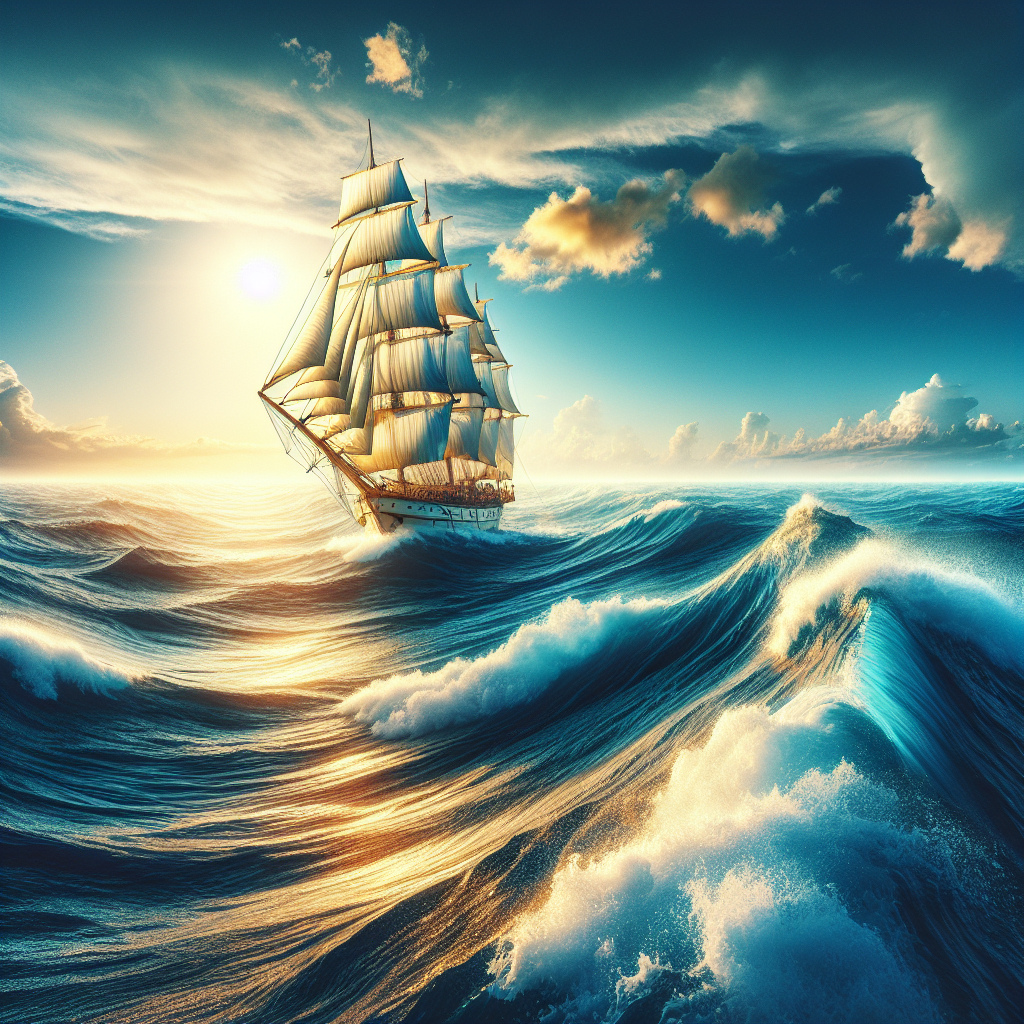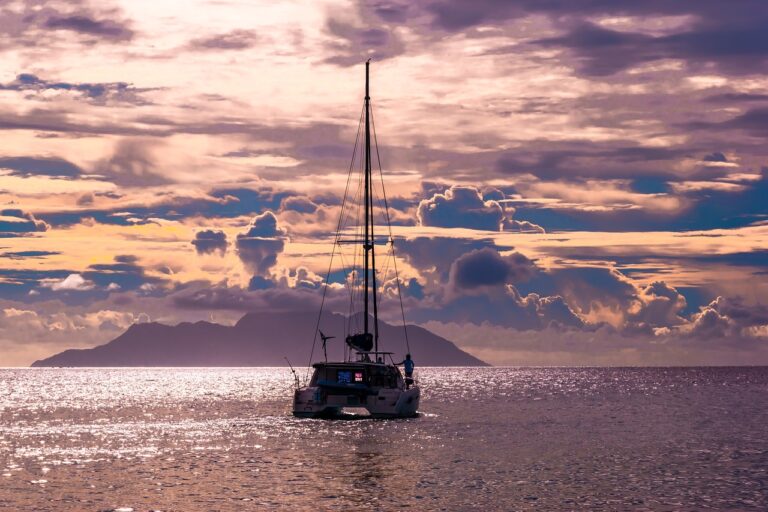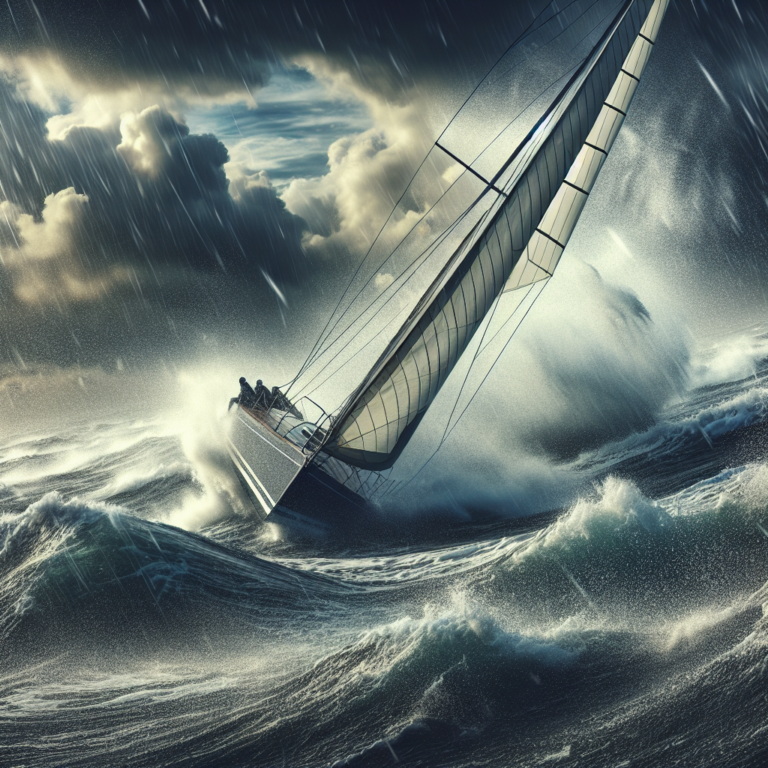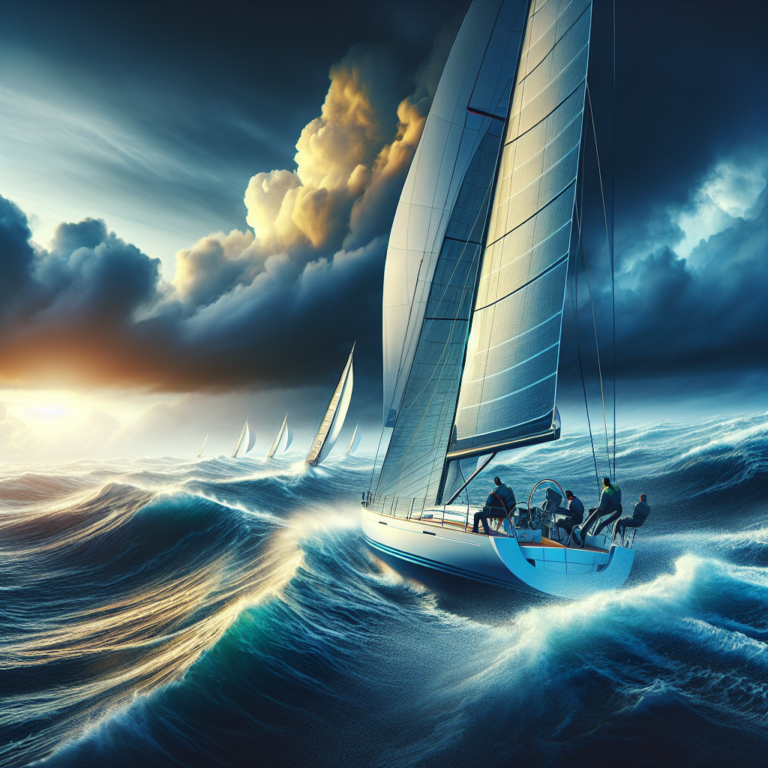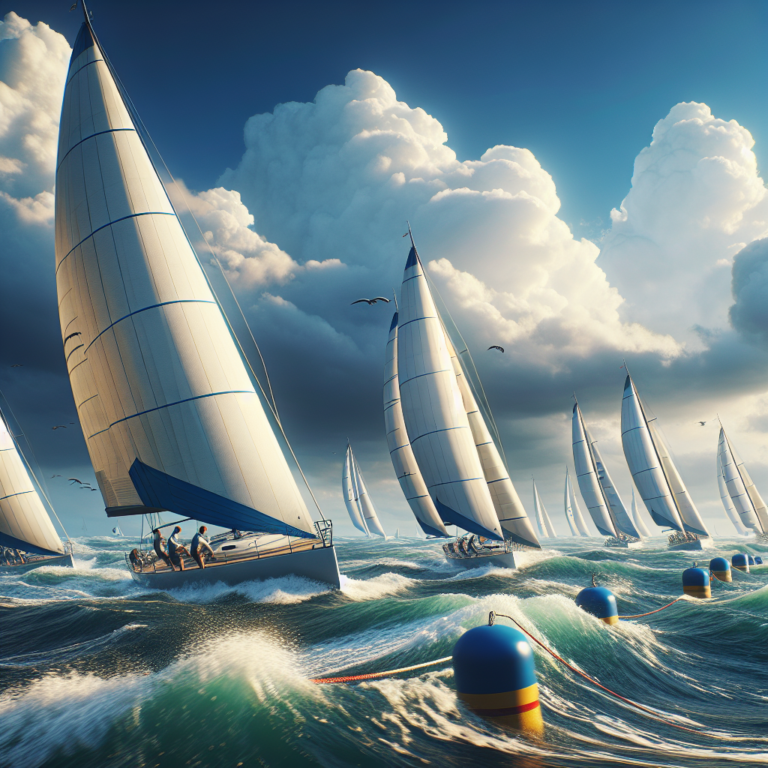How Long To Sail From California To Hawaii
So you’re dreaming of embarking on a thrilling adventure across the vast Pacific Ocean, sailing from the picturesque coast of California to the exotic paradise of Hawaii. But just how long does it take to sail from California to Hawaii? Well, buckle up, because this article will provide you with all the answers you need. Whether you’re a seasoned sailor or a curious landlubber, we’ll explore the factors that determine the duration of this epic journey, the challenges that lie ahead, and some practical tips to make the most of your voyage. Get ready to set sail and immerse yourself in the awe-inspiring wonders of the Pacific!
Sailing Distance Between California to Hawaii
The sailing distance between California and Hawaii is a challenge that many sailors dream of conquering. This transpacific journey spans over 2,200 nautical miles, making it a considerable undertaking. Before embarking on this epic adventure, it is essential to understand the factors that affect the duration of the sail, choose the right type of boat, and navigate the vast ocean with precision. Additionally, preparation, safety precautions, and compliance with legal requirements are crucial aspects to consider.
Determining the Total Nautical Miles
To accurately plan your journey, it is crucial to determine the total nautical miles between California and Hawaii. As mentioned earlier, this distance spans over 2,200 nautical miles, making it one of the longer transoceanic routes. It is essential to consider this distance carefully while preparing for the adventure, as it directly impacts the estimated duration of the sail.
Average Nautical Miles from Various California Ports
The sailing distance from various California ports to Hawaii may vary slightly. While the general distance hovers around 2,200 nautical miles, the exact length can differ based on your departure point. For instance, the distance from San Francisco to Hawaii is approximately 2,400 nautical miles, while the distance from Los Angeles stands at around 2,250 nautical miles. It is essential to consider this slight variation in distance while planning your voyage.
Factors Affecting the Duration of the Sail
Several factors deeply impact the duration of the sail from California to Hawaii. Understanding these factors will help you prepare better and determine how long your journey may take.
Weather and Ocean Conditions
Weather and ocean conditions play a significant role in determining the duration of your sail. The region between California and Hawaii is known for its challenging weather patterns, including the Pacific High, which can sometimes create prolonged calms or unpredictable winds. It is vital to track weather forecasts and plan your journey accordingly. Anticipating favorable wind conditions can significantly reduce your sailing time.
Speed of the Boat
The speed of your boat is another critical factor that affects the duration of the sail. Faster boats, such as high-performance sailboats or motorized vessels, can cover the distance more quickly. On the other hand, slower vessels will take a more extended period to complete the journey. The type of boat you choose will greatly impact the overall duration of your voyage.
Nautical Skill of the Sailor
The nautical skill of the sailor also plays an important role in determining the duration of the sail. Experienced sailors with extensive knowledge of navigation, weather patterns, and sailing strategies can optimize their journey, making effective use of wind and currents. On the other hand, less experienced sailors may encounter challenges that can slow down their progress. Becoming well-versed in sailing techniques and acquiring relevant nautical skills can significantly impact the time required to sail from California to Hawaii.
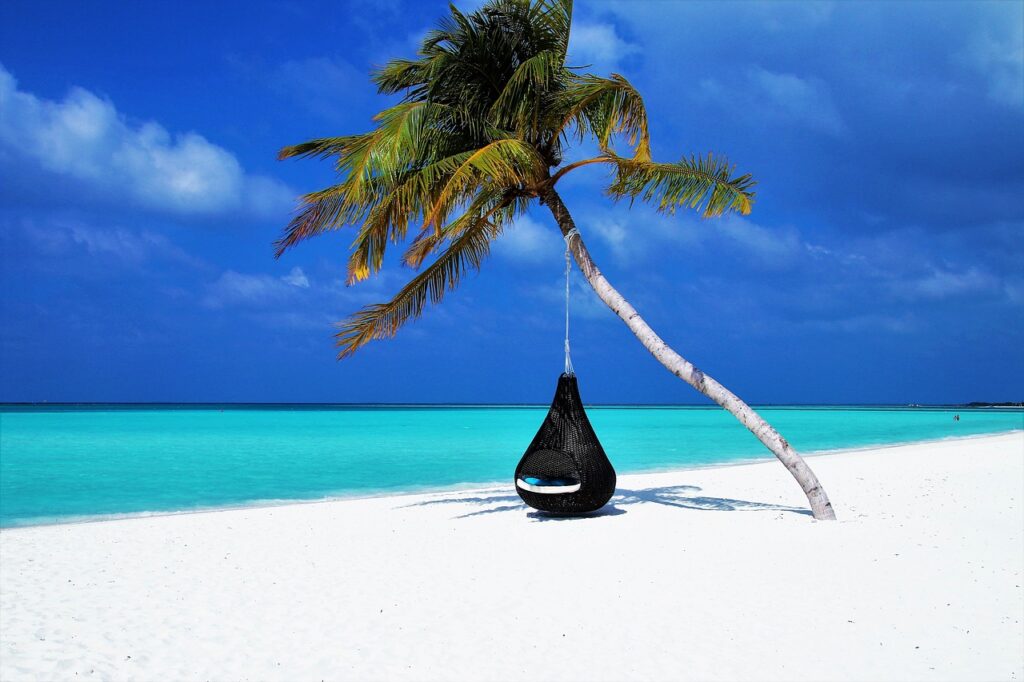
Choosing the Right Type of Boat For the Journey
Selecting the right type of boat for your journey is crucial for a successful and enjoyable voyage. Several factors should influence your choice.
Comparing Different Boats
Before embarking on the journey, it is essential to compare different boat options and their capabilities. Factors to consider include sailing speed, stability in adverse weather conditions, and comfort for long passages. High-performance sailboats and well-equipped motorized vessels are popular choices due to their speed and reliability. However, personal preference, experience, and budget will also play a key role in determining the most suitable boat for your journey.
Proper Maintenance and Preparation of the Boat
To ensure a safe and successful voyage, proper maintenance and preparation of the boat are essential. This includes regular inspections, repairs, and maintenance of all mechanical systems, rigging, electrical components, and safety equipment. A well-prepared boat will be more reliable during the journey, minimizing the risk of mechanical failures or other issues that could hinder your progress.
Necessary Features for a Long Voyage
When selecting a boat for your journey from California to Hawaii, it is vital to ensure it possesses the necessary features for a long voyage. This includes ample storage space for food, water, and other supplies, as well as comfortable sleeping quarters and reliable communication equipment. The ability to generate power through solar panels or wind turbines can also be advantageous, ensuring a constant energy source while at sea.
Typical Duration of the Sail
While the duration of the sail from California to Hawaii can vary depending on several factors, it is helpful to understand the typical durations experienced by sailors.
Fastest Recorded Sailing Times
The fastest recorded sailing times from California to Hawaii have been notable achievements in the sailing community. These remarkable endeavors have seen sailors complete the journey in less than a week, with the current record standing at just over four days. However, it is crucial to note that these expeditions involve optimal weather conditions and high-performance boats.
Average Sailing Times
For most sailors, the average sailing time from California to Hawaii ranges from 15 to 25 days. This duration accounts for various weather conditions and different types of vessels. Lesser experienced sailors, slower boats, or those who choose a more cautious approach may fall within the higher end of this range.
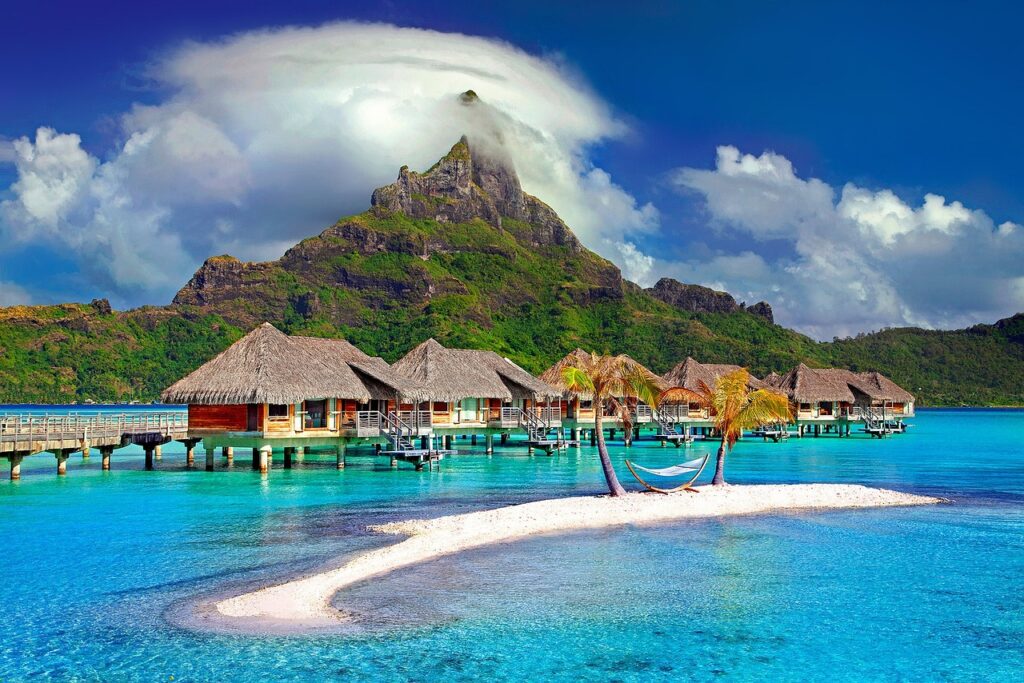
How to Navigate from California to Hawaii
Navigating from California to Hawaii requires a combination of traditional and modern techniques. Understanding the tools and skills necessary for successful navigation is crucial.
Using Nautical charts and Compass
Traditional navigation techniques involving nautical charts and compasses are still relevant when sailing from California to Hawaii. Nautical charts help sailors plot their course, identify potential hazards, and navigate accurately. A compass provides a fundamental tool for maintaining a heading and tracking progress while at sea. These time-tested methods form the foundation of every sailor’s navigational toolkit.
Understanding Ocean Currents and Wind Directions
A comprehensive understanding of ocean currents and wind directions is crucial for successful navigation. By studying oceanographic charts and gathering information about prevailing currents and wind patterns, sailors can determine the most efficient route, taking advantage of favorable conditions. Utilizing the power of currents and winds can significantly enhance the speed and ease of the journey.
The Role of GPS in Modern Sailing
In modern sailing, Global Positioning System (GPS) technology has become an integral part of navigation. GPS devices allow sailors to pinpoint their exact location, track their progress, and plan their course effectively. While traditional navigation techniques are important, GPS provides an additional level of accuracy and convenience for sailors embarking on the California to Hawaii journey.
Preparing for the Sail
Proper preparation is key to a successful and enjoyable journey. When preparing for your sail from California to Hawaii, consider the following factors.
Stocking Enough Food and Water
Ensuring an ample supply of food and water is essential for the duration of your sail. It is crucial to stock up on non-perishable food items that provide adequate nutrition. Additionally, calculating the amount of water needed for drinking, cooking, and hygiene purposes is crucial. Plan and pack accordingly to avoid any shortages during the journey.
Knowing about First Aid Measures
Knowledge of first aid measures is vital for the safety of everyone on board. Sailors should familiarize themselves with basic first aid techniques and carry a well-stocked first aid kit. This kit should include essential items such as bandages, antiseptics, medications for common ailments, and seasickness remedies.
Necessary Equipment for the Journey
Equipping your boat with necessary safety equipment is essential for a successful voyage. This includes life jackets or personal flotation devices (PFDs) for everyone on board, emergency signaling devices, navigation equipment, spare parts for essential systems, and a reliable communication device such as a VHF radio. Conducting regular equipment checks and ensuring everything is in good working order before departure is crucial.

Safety Precautions during the Sail
Safety should be the utmost priority while undertaking the journey from California to Hawaii. Taking appropriate safety precautions can significantly minimize risks at sea.
Understanding Marine Weather Forecasts
Staying updated on marine weather forecasts is critical to ensure a safe journey. Weather conditions in the Pacific Ocean can change rapidly, and sailors must be prepared for any adverse weather situations. Regularly monitoring weather updates and heeding the advice of meteorologists is vital to avoid dangerous conditions.
Necessary Actions for Bad Weather
In the event of poor weather conditions, it is important to take necessary actions to ensure the safety of the boat and crew. This may involve reefing or reducing sail area to prevent damage from high winds, avoiding potential hazards, and adjusting course to find more favorable conditions. Being prepared to enact a storm plan and utilizing appropriate safety measures is crucial during challenging weather situations.
The Importance of Personal Floatation Devices
Personal floatation devices (PFDs) are an essential safety measure while at sea. Every crew member should wear a PFD at all times to provide buoyancy and increase their chance of survival in case of emergencies. It is essential to ensure that each PFD is properly fitted and in good condition before departure.
Docking in Hawaii
Upon reaching Hawaii, docking the boat safely and following official procedures and regulations is vital.
Best Places to Dock in Hawaii
Hawaii offers several options for docking and marinas that accommodate visiting sailors. Popular ports include Honolulu, Hilo, Lahaina, and Nawiliwili. These ports provide essential facilities such as fuel, provisions, and repair services. Researching and selecting the most suitable port based on your needs and proximity to your final destination is advisable.
Docking with the Official Procedures and Regulations in Hawaii
When arriving in Hawaii, it is important to adhere to official procedures and regulations set by local authorities. This may involve clearing customs and immigration, filling out necessary documentation, and complying with port regulations. Familiarize yourself with the specific requirements before arriving to ensure a smooth arrival and hassle-free docking experience.
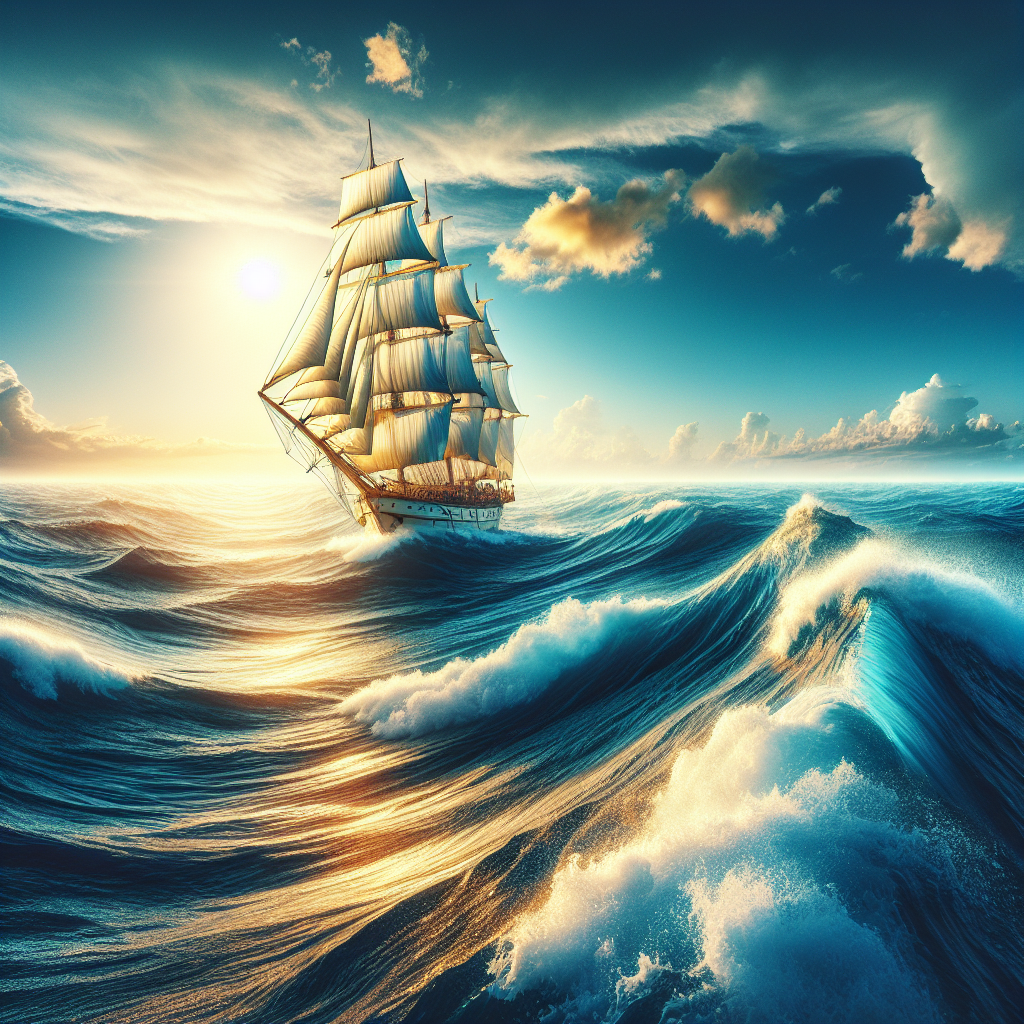
Legal Requirements for the Sail
To undertake the sail from California to Hawaii, several legal requirements must be considered.
Necessary Documentation
Sailors must have the necessary documentation to legally undertake the journey. This includes a valid passport, boat registration, and any permits required by both the United States and Hawaii. It is important to be aware of the specific requirements and ensure all paperwork is in order before setting sail.
Adhering to Local and International Maritime Laws
Sailors must adhere to both local and international maritime laws during the journey. This includes compliance with navigational rules, safety regulations, and environmental protections. Understanding and following these laws ensures a responsible and respectful journey that minimizes negative impacts on the environment and other vessels.
Common Challenges during the Sail
While sailing from California to Hawaii is an incredible adventure, it is essential to be aware of common challenges that may arise and how to address them.
Addressing Sea Sickness
Sea sickness is a common challenge faced by sailors, especially during longer journeys. It is important to be prepared with suitable medication, remedies, and strategies to alleviate sea sickness symptoms. Maintaining a balanced diet, staying hydrated, and adjusting to the motion of the boat can also help reduce the likelihood of sea sickness.
Emergency Procedures in Case of Engine Trouble
In the event of engine trouble, it is crucial to have emergency procedures in place to ensure the safety of the boat and crew. This may involve troubleshooting common issues, such as fuel or electrical problems, or resorting to manual propulsion methods such as sail power or rowing. Understanding your boat’s systems and having contingency plans for engine failures can make a significant difference in dealing with unexpected situations.
Dealing with Isolation on the Sea
Long passages at sea can bring feelings of isolation and solitude. It is essential to mentally prepare for extended periods without contact from the outside world and find ways to cope with the solitude. Staying engaged in activities such as reading, fishing, or maintaining a journal can help alleviate feelings of isolation and make the journey more enjoyable.
Embarking on a sail from California to Hawaii is a monumental adventure that requires careful planning, preparation, and skill. By understanding the factors affecting the duration of the sail, choosing the right boat, navigating accurately, and prioritizing safety, you can ensure a successful and memorable voyage across the vast Pacific Ocean. With the right mindset, skills, and equipment, you can conquer the distance between California and Hawaii while experiencing the beauty and challenges of this remarkable transpacific journey.


